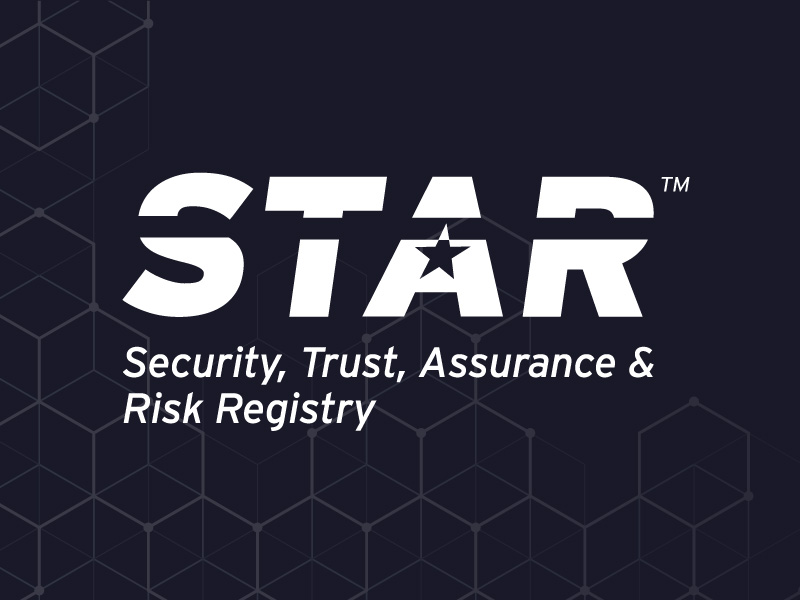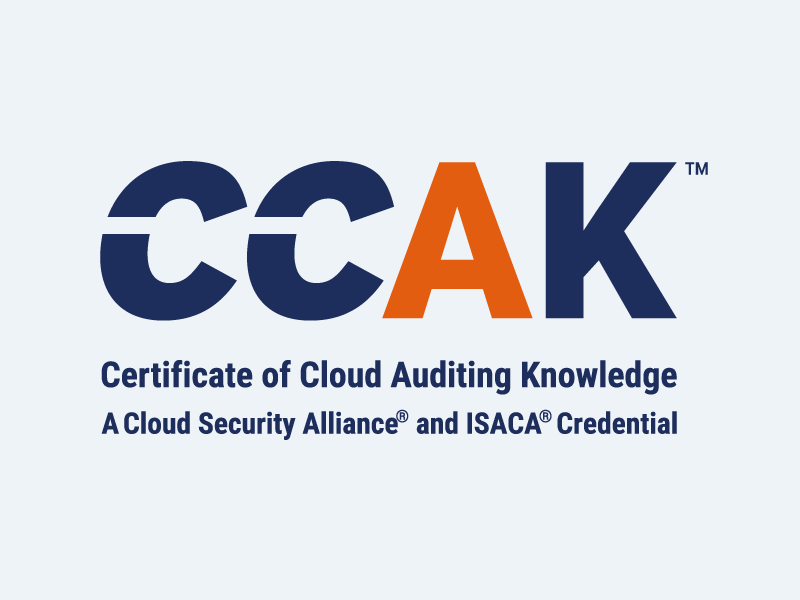Your Ultimate Guide to Security Frameworks
Blog Article Published: 04/29/2024
Originally published by Vanta.
Trust is a vital part of any growing business. A part of earning and keeping the trust of your customers is implementing the right security measures to protect their data and your systems from any breaches that could impact them.
By aligning with industry-vetted security frameworks, you’ll be able to build a strong security posture that protects your systems and earns customer trust. There are many security frameworks that could be applied to your infrastructure. In this blog, we’ll help you understand what types of information security frameworks are out there.
What is a security framework?
A security framework is a set of security controls, policies, and procedures designed to protect your data. These frameworks offer industry expertise and recommendations that can enhance your security posture, earn customer trust, and secure your ecosystem.
While all aim to protect your data, systems, and infrastructure in some way, each framework has a unique purpose and structure. Many offer recommended practices and controls to include in your security program while others offer loose guidelines. Some frameworks serve as attestations that allow you to demonstrate your security to your customers, such as a SOC 2 report or ISO 27001 certification.
Why do you need a security framework?
There’s immense value your organization can gain by implementing a security framework. The benefits that you realize will depend on the security frameworks you choose to implement, the size of your organization, and your unique security needs.
Some of the most common advantages of implementing a security framework include:
- Establishing the foundation of your information security program if you’re just building it out.
- Strengthening your security posture and protecting your data using industry best practices.
- Getting compliant with in-demand security and privacy attestations needed to meet customer expectations.
- Benchmarking you can use to ensure your security strategy is consistent with others in your industry.
Types of cybersecurity frameworks
There are several types of security frameworks that each serve a specific purpose in the broader landscape of cybersecurity. Here's an overview of the different types of cybersecurity frameworks:
- Control frameworks: These frameworks provide a set of best practices and standards designed to manage and mitigate specific cybersecurity risks. These frameworks offer detailed guidelines on the technical and administrative controls organizations can implement to secure their systems and data.
- Program frameworks: These frameworks focus on the overall management of cybersecurity efforts within an organization. They provide a structured approach to establishing, managing, and improving a company's cybersecurity program, ensuring that cybersecurity activities are aligned with business objectives.
- Compliance frameworks: These frameworks offer a way for organizations to attest that they meet specific regulatory requirements related to cybersecurity and data protection. While some frameworks are optional, others are required by law or industry standards, where non-compliance may result in penalties.
- Privacy frameworks: Privacy frameworks are security frameworks with a specific focus on data privacy. They concentrate on the management and protection of personal information and provide guidance on how to collect, use, store, and share customer and consumer data in a way that upholds consumer privacy rights.
- Risk frameworks: These are designed to identify, assess, and prioritize cybersecurity risks to an organization's operations, assets, and individuals. They help organizations understand the potential impact of various cybersecurity threats and make informed decisions about risk management strategies.
19 common security frameworks
There are a variety of information security frameworks to choose from that are trusted by industry experts. Each one includes unique controls, covers particular regions or industries, and serves a distinct purpose that sets it apart from other frameworks.
Here are the most prominent security frameworks you need to know:
- SOC 2: Largely used in North America, this framework results in a detailed report of your security controls you can use to demonstrate your security posture with your customers.
- ISO 27001: Global benchmark to demonstrate an elective information security management system (ISMS) that lays out extensive security controls and processes that you’re required to implement should you wish to attain an ISO 27001 certification.
- ISO 27017: An extension of the ISO 27001 standard, this provides guidelines on information security controls to address the specific needs of cloud computing.
- ISO 27701: A framework that serves as an extension to ISO 27001 and ISO 27002 for privacy information management. It provides guidance on how to manage and protect personal data.
- ISO 27018: Establishes controls to protect personally identifiable information (PII) in public cloud computing environments.
- HIPAA: A legally mandated framework that US healthcare organizations must comply with to protect patient and consumer health data.
- GDPR: A law by the European Union that provides policies and practices companies must follow to protect consumer data privacy. This is legally required by any organization that collects data from EU residents.
- CCPA/CPRA: A regulation by the state of California that grants its residents data privacy rights.
- PCI DSS: A framework that protects consumer payment detail and is required for any organization that processes payments.
- NIST CSF: Provides voluntary guidance, based on existing standards, guidelines, and practices for organizations to better manage and reduce cybersecurity risk.
- NIST 800-53: Provides recommended requirements for protecting the confidentiality of controlled unclassified information (CUI) for those working with the US government.
- NIST 800-171: A catalog of security and privacy controls for all US federal information systems, except those related to national security.
- FedRAMP: Is required by certain cloud service providers and cloud-based products in order to serve US federal agencies.
- Minimum Viable Secure Product (MVSP): A minimalistic security checklist for B2B software and business process outsourcing suppliers.
- Open Finance Data Security Standard (OFDSS): A cloud-first security framework that enhances data security for FinTech companies.
- AWS Foundational Technical Review (FTR): A mandatory requirement for access to several AWS Partner benefits including, the AWS Competency Program and the AWS ISV Accelerate Program.
- Microsoft SSPA: A mandatory compliance program for Microsoft suppliers working with personal data and/or Microsoft confidential data.
- Essential Eight: Commonly used requirements from the ACSC in Australia for hardening IT environments against attacks. Specifically designed to impose technical cost on attackers as opposed to being a broad information security and compliance governance framework.
- Cyber Essentials: Commonly accepted requirements from the UK's NCSC for hardening IT environments against attacks. Specifically designed to impose technical cost on attackers as opposed to being a broad information security and compliance governance framework.
Related Articles:
Navigating Cloud Security Best Practices: A Strategic Guide
Published: 05/15/2024
Building Trust Through Vendor Risk Management
Published: 05/15/2024
The Importance of Securing Your Organization Against Insider and Offboarding Risks
Published: 05/14/2024
New SEC Rules: Material Incident Reporting Through Cybersecurity Disclosures
Published: 05/13/2024









